لنزهای تماسی قطعات کوچک پلاستیکی هستند که بر روی قرنیه چشم قرار داده میشوند، و دید چشم مبتلا به عیوب انکساری را تصحیح میکنند.
زمانى كه شما با مشكل بينايى روبه رو هستيد، عينك معمول ترين راه حل است.
اگر مى خواهيد از لنز تماسى استفاده كنيد، چند انتخاب در پيش رو داريد:
لنزهای سخت ، لنزهای نرم روزانه ،لنزهای توریک ، لنزهاى نفوذپذير غيرقابل انعطاف ، لنزهای یکبار مصرف ، لنزهای طولانی مصرف
تطبیق یافتن با اين لنزها از ساير انواع لنزها دشوارتر است و غالباً عادت کردن به آنها به چند روزى زمان نياز دارد. امروزه لنزهاى سختى كه به اكسيژن اجازه عبور نمىدهند، تقريباً ديگر به كار نمىروند.
The first choice when considering contact lenses is which lens material will best satisfy your needs. There are five types of contact lenses, based on type of lens material they are made of:

Contact Lens Material
- Soft lenses are made from gel-like, water-containing plastics called hydrogels. These lenses are very thin and pliable and conform to the front surface of the eye. Introduced in the early 1970s, hydrogel lenses made contact lens wear much more popular because they typically are immediately comfortable. The only alternative at the time was hard contact lenses made of PMMA plastic (see below). PMMA lenses typically took weeks to adapt to and many people couldn't wear them successfully.
- Silicone hydrogel lenses are an advanced type of soft contact lenses that are more porous than regular hydrogel lenses and allow even more oxygen to reach the cornea. Introduced in 2002, silicone hydrogel contact lenses are now the most popular lenses prescribed in the United States.
- Gas permeable lenses — also called GP or RGP lenses — are rigid contact lenses that look and feel like PMMA lenses (see below) but are porous and allow oxygen to pass through them. Because they are permeable to oxygen, GP lenses can be fit closer to the eye than PMMA lenses, making them more comfortable than conventional hard lenses. Since their introduction in 1978, gas permeable contact lenses have essentially replaced nonporous PMMA contact lenses. GP contacts often provide sharper vision than soft and silicone hydrogel contacts — especially if you have astigmatism. It usually takes some time for your eyes to adjust to gas permeable lenses when you first start wearing them, but after this initial adaptation period, most people find GP lenses are as comfortable as hydrogel lenses.
- Hybrid contact lenses are designed to provide wearing comfort that rivals soft or silicone hydrogel lenses, combined with the crystal-clear optics of gas permeable lenses. Hybrid lenses have a rigid gas permeable central zone, surrounded by a "skirt" of hydrogel or silicone hydrogel material. Despite these features, only a small percentage of people in the U.S. wear hybrid contact lenses, perhaps because these lenses are more difficult to fit and are more expensive to replace than soft and silicone hydrogel lenses.
- PMMA lenses are made from a transparent rigid plastic material called polymethyl methacrylate (PMMA), which also is used as a substitute for glass in shatterproof windows and is sold under the trademarks Lucite, Perspex and Plexiglas. PMMA lenses have excellent optics, but they do not transmit oxygen to the eye and can be difficult to adapt to. These (now old-fashioned) "hard contacts" have virtually been replaced by GP lenses and are rarely prescribed today.
برخلاف لنزهاى تماسى سخت، لنزهاى نرم به اكسيژن - كه براى سلامت قرنيه ضرورى است - اجازه عبور مىدهند.
اين لنزها از لنزهاى سخت و يا لنزهاى انعطاف ناپذيرى كه به اكسيژن اجازه عبور نمىدهند، انعطاف پذيرتر بوده و شخص از همان ابتدا احساس راحتى بيشترى خواهد كرد. زمان تطبیق یافتن با اين لنزها كوتاهتر است و بهتر بر روى قرنيه قرار مىگيرند و براى فعاليتهاى ورزشى و زندگى پرتحرك مناسبتر هستند.
انواعى از لنزهاى نرم كه به لنزهاى توريك مشهورند، در تصحيح موارد خفيف تا متوسط آستيگماتيسم به كار مىروند.
لنزهاى نرم به اندازه لنزهاى سخت يا لنزهايى كه در برابر اكسيژن نفوذپذير هستند، دوام ندارند، اما از لنزهاى نرم يك بار مصرف بيشتر عمر مىكنند. اين لنزها برخى مشكلات بينايى مانند درجات شديد آستيگماتيسم را تصحيح نمىكنند.
مراقبت از لنزهاى RGP آسان بوده، كمتر از لنزهاى نرم سبب عفونت مى شوند و بيشتر از آنها هم دوام دارند. همچنين نسبت به لنزهاى نرم، ديد واضح تر و بهترى ايجاد مى كنند. از معايب اين لنزها يكى اين است كه بايد هميشه بر روى چشم باشند و ديگر اينكه راحت تر از مركز چشم ليز مى خورند و به كنارى مى روند.
You may want to have the perfect look for Halloween or look like your favorite movie star or singer, but choosing to change the look of your eyes with contact lenses could cause a lot of damage to your eyesight if you get them without the input of your eye care professional.
Decorative contact lenses are sometimes called, among other names:
- Halloween contact lenses
- Fashion contact lenses
- Colored contact lenses
- Cosmetic contact lenses
- Theatre contact lenses
Decorative contact lenses change the look of your eyes. They may not correct your vision. They can temporarily change your brown eyes to blue or make your eyes look like cat eyes or vampire eyes for Halloween. 
Did you know that these decorative contact lenses are actually medical devices? The U.S. Food and Drug Administration oversees their safety and effectiveness, just like contact lenses that correct your vision.
Just like corrective contact lenses you should never buy contact lenses from a street vendor, beauty supply store, flea market, novelty store or Halloween store—and you should always have a prescription.
Before stepping out with your new look, here's what you need to know.
رايج ترين توصيه در مورد زمان تعويض لنز، پس از دو هفته است. مزاياى اين لنزها مانند ساير انواع لنزهاى نرم است. اما از آنجايى كه لنزهاى يك بار مصرف معمولاً قبل از رشد ميكروب و يا افزايش پروتئين به دور انداخته مىشوند و از لنزهاى روزانه نازك تر بوده و منافذ بيشترى براى عبور اكسيژن دارند، كاربرد آنها از لنزهاى نرم معمولى ، آسان تر است.
معايب اين لنزها مشابه لنزهاى نرم معمولى است، گرچه لنزهاى يك بار مصرف شكننده تر بوده و كار با آنها دشوارتر است. لنزهاى يك بار مصرف بايد هر روز تميز و ضدعفونى شوند. حتى زمانى كه مورد استفاده قرار نمىگيرند، بايد حداقل هفته اى يك بار تميز و ضدعفونى شوند.
اخيراً لنزهاى طولانى مصرف جديدى را مورد تاييد قرار گرفتهاند كه مىتوانند هم روزها و هم شبها به مدت سى شبانه روز به كار روند. اين لنزهاى جديد از هيدروژل سيليكون ساخته شدهاند كه نسبت به لنزهاى يك بار مصرف معمولى اجازه عبور مقدار بيشترى اكسيژن را مىدهند.
استفاده از لنز در زمان خواب - حتى اگر لنز طولانى مصرف باشد- شانس عفونت قرنيه را بالا مى برد. مطالعات نشان مى دهد كه خطر عفونت و ساير مشكلات با بر چشم داشتن لنز در زمان خواب، تا ده برابر افزايش مى يابد.
Most contact lenses sold in the US today are either daily disposable, 2 week disposable or monthly disposable lenses.
- Daily wear contacts. eResearch by Navid Ajamin -- spring 2009
- Extended wear contacts.
- Spherical contacts.
- Toric contacts.
- Multifocal / bifocal.
- Monovision contacts.
- Rigid gas permeable (RGP) lenses.
- Hard lenses.
Specialized Uses of Contact lenses
Conventional contact lenses correct vision in the same way that glasses do, only they are in contact with the eye. Two types of lenses that serve a different purpose are orthokeratology lenses and decorative (plano) lenses.
Currently, FDA requires that eye care professionals be trained and certified before using overnight Ortho-K lenses in their practice. You should ask your eye care professional about what lenses he or she is certified to fit if you are considering this procedure.
Reference:
- aut.ac.ir
- allaboutvision.com/contacts/contact_lenses.htm
- fda.gov/medical-devices/contact-lenses/types-contact-lenses
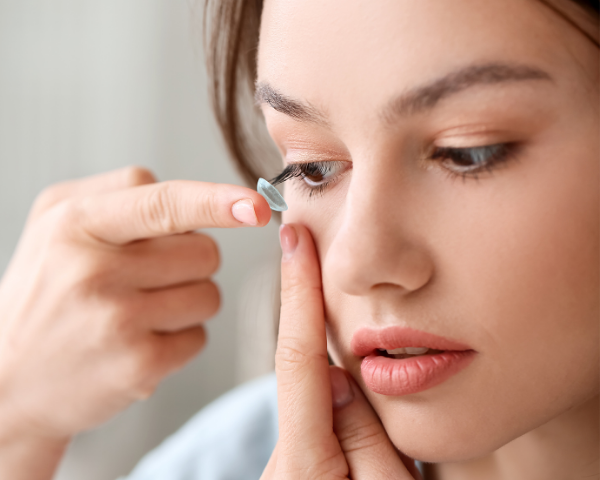

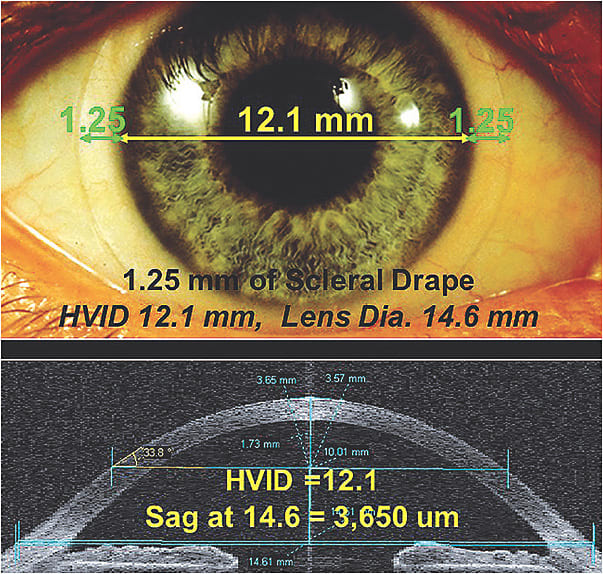
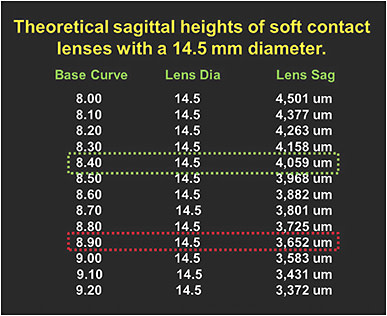









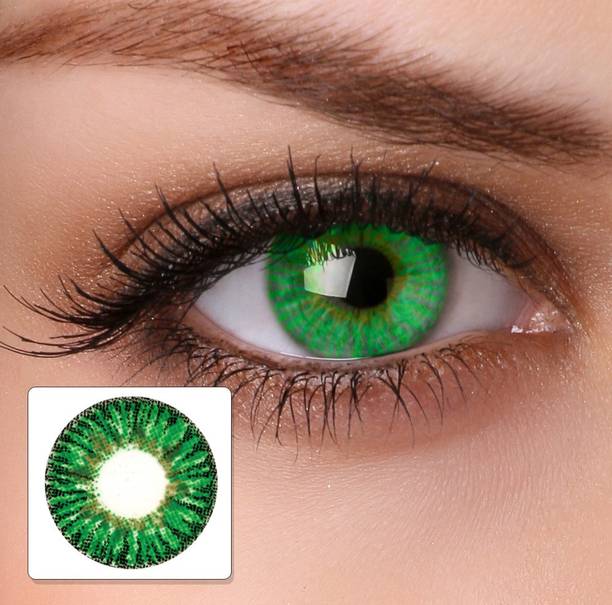

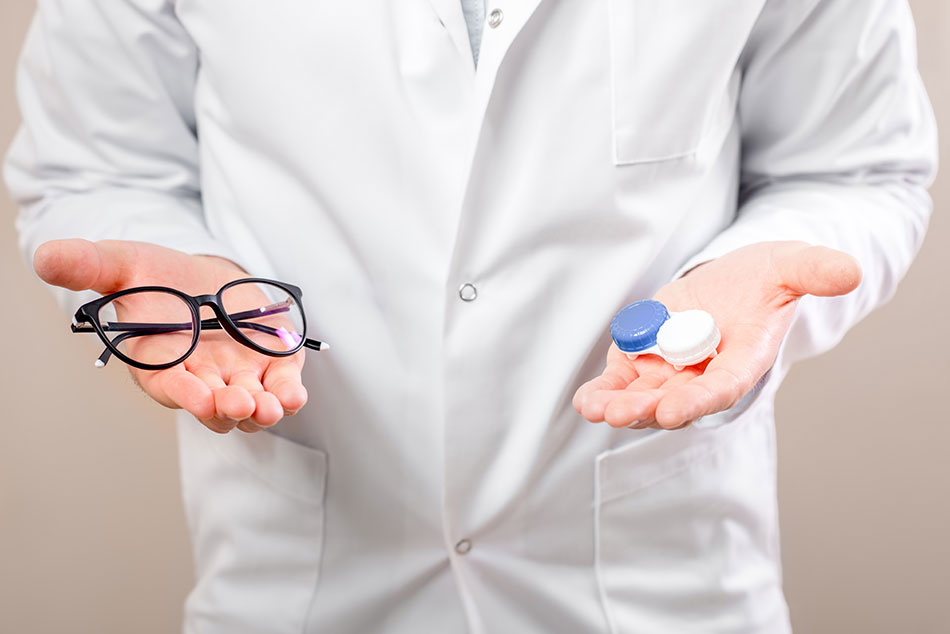

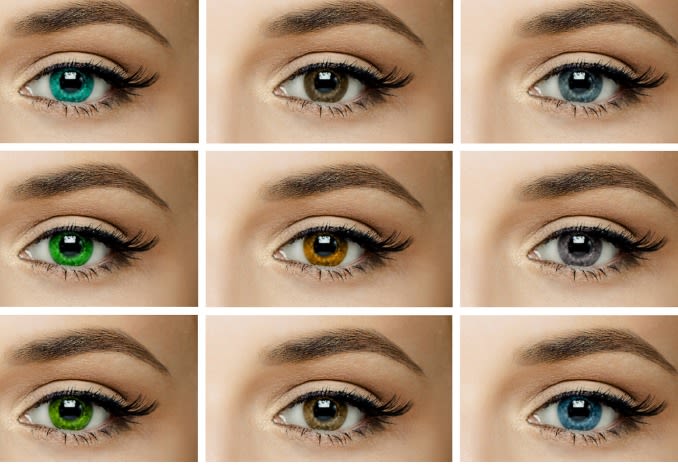


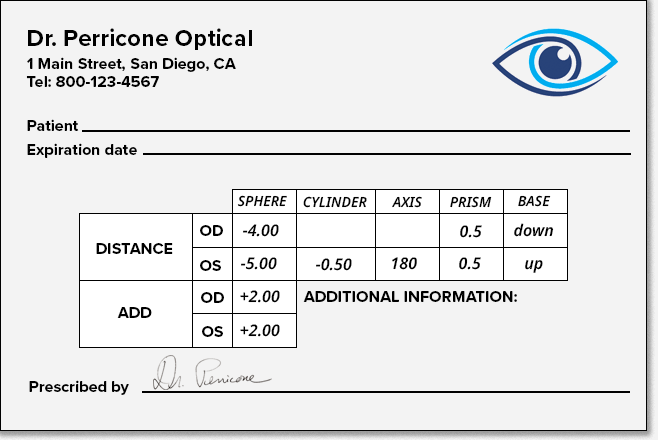
:max_bytes(150000):strip_icc():format(webp)/eyeglass-prescriptions-3421911-ADD-FINAL-26235ff7e7944a3cb3e4ff7cf933c8b5.png)

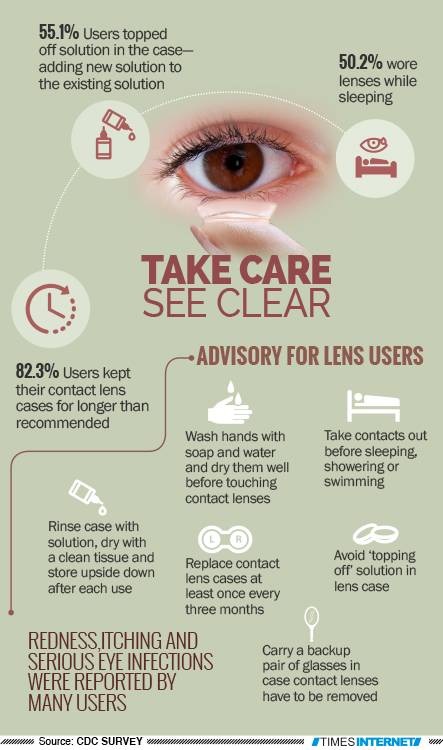








 وبلاگ تخصصی عینک شامل مجموعه مطالب پزشکی است که اطلاعات مفیدی در رابطه با عینک , چشم، لنز، سلامتی چشم و راه های پیشگیری از بیماریهای چشمی، کنترل و درمان آن را در اختیار شما کاربر محترم می گزارد.
وبلاگ تخصصی عینک شامل مجموعه مطالب پزشکی است که اطلاعات مفیدی در رابطه با عینک , چشم، لنز، سلامتی چشم و راه های پیشگیری از بیماریهای چشمی، کنترل و درمان آن را در اختیار شما کاربر محترم می گزارد.